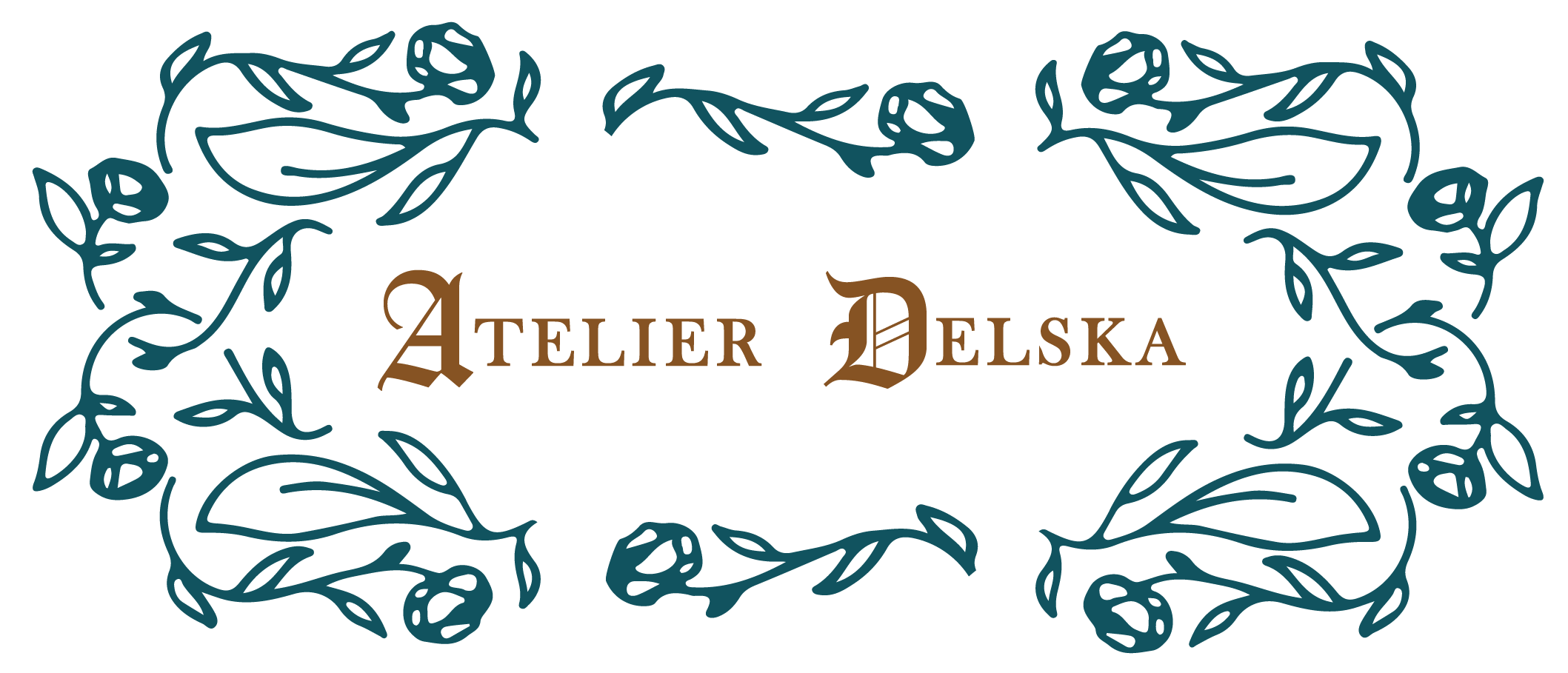
There’s a certain thrill to diving in to a new historical era of costuming, and that’s exactly what this mantua project was going to be- a puzzling, but fantastic thrill! Mantua’s are this interesting shift in the world of dressmaking that saw a move away from stiff boned bodices to these loosely draped gowns. This transformation happened around the end of the 17th century and start of the 18th.

The Inspiration
This project had long been calling to me from the pages of my Cut of Women’s Clothes book. The details of the flat pattern recorded in the book intrigued me with its unique shapes and interesting pleating.

If I was keen to make one of these gowns already, indulging in the dramatic adventures of the Filles Du Roi in Nat Geo’s Barkskins sealed the deal for me! Costume designer Anna Terrazas did a beautiful job with this production. I didn’t set out to re-create any particular look from the show, but I liked the idea of making a gown entirely from wool. As we were heading into winter at the time, a wool gown seemed like it would be a better practical choice for our more rugged Canadian winters. This lovely gown from the MET is also made in a particularly beautiful wool (thought I was going to go for something simpler).
The PLan

Alright. Having achieved a general vision, time to move on to the more concrete planning stage- starting with the petticoat. The first detail I began questioning was the closure of the petticoat. Would it close with a front and a back panel overlapping at the side like I was familiar with making for later 18th century petticoat? Hmmm… Maybe not.
Not seeing any indication of these side closures in the original fashion illustrations and extants, I decided on a single opening at the back that would end up hidden under the skirts of the gown.

Time to purchase some fabric. This is the moment when I truly fell in love with my project! I found these gorgeous coloured wools from Renaissance Fabrics that I was SO excited to work with. So I splurged on them- a pure and gorgeous indulgence!
It was quite the investment to have these nice wools shipped across the US/Canada boarder, but I am of the mind that I might as well invest in quality if I’m going to be putting so much of my time into making a garment. Plus, as mentioned above, gorgeous fabrics are a great motivator! The teal flannel wool that I bought was destined to become my new petticoat.
The ConSTRUCTION
Time to begin! I had ordered 3 yards of flannel, so this was going to be the width of my skirt. The length was the distance from my waist to the floor in shoes, plus extra for hemming. The pattern for a petticoat like this is just a long rectangle, so I began cutting my pattern directly onto my fabric at the dimensions of 3 yards wide and 43″ long (waist to floor +).
Once I had a nice long rectangle of fabric, I sewed the two short edges together with a french seam, leaving an opening at the top that would be for the closure.
Next, up was hemming the bottom edge. I did this with a bit of hand sewing.
And here it is. The rectangle is closed to make one big skirt loop and the bottom is hemmed. I also went ahead and hemmed the edges of the opening at the top of the skirt.

Pleating time!
The best way to sort out pleats is with a bit of math. The formula looks like this:
1.(Fabric width) – (finished width) = x (amount of fabric that will need to be tucked away in pleats)
2. x / (number of pleats in design)= (amount to tuck away per pleat)
Now for my particular petticoat, that meant…
1. 108″ (total width) – 28″ (finished waistband width)= 80″ (total needed to be tucked away in pleats)
2. 80″ / 24 pleats in design= 3.333″ that will be hidden away per pleat.
Since 3.333″ is a bit of a messy number, I went for simply 3 1/4″. I then just had my final pleat at either side of the opening be the imprecise one that would correct any leftover amounts at the end of the pleating process. I loved this video by Snappy Dragon explaining the process in even more detail.






After the pleats were folded inwards and pinned, I secured them in place with two rows of basting stitches. I sewed a linen tape to the top edge to form a waistband, and added a hook and eye for the closure.
The Results
And Voilà!
Before moving on to the next chapter in this make, here’s the stats…
The InVestment
This project happened to have a slightly heftier materials investment than hours.
- 3.5 hours to (mostly) hand sew
- $81 (cad) for 3 yards of wool
- $34 (cad) for its portion of shipping and import fees
- $2 in waist tape and hook and eye closure





